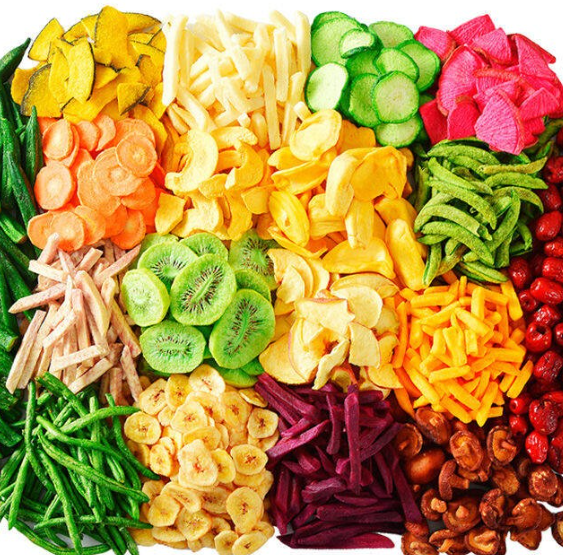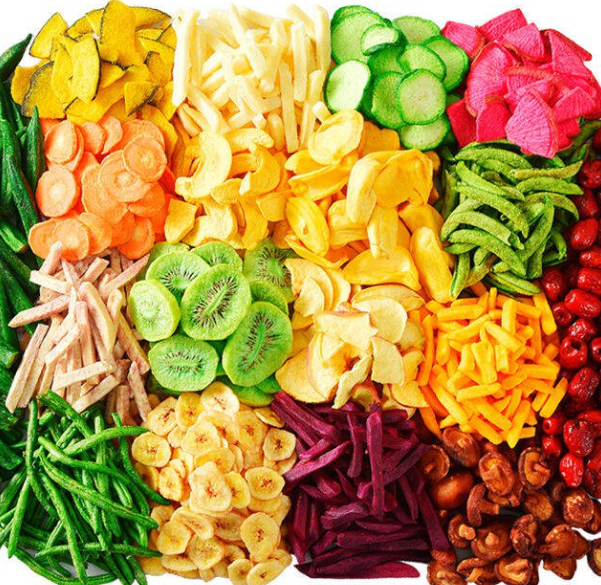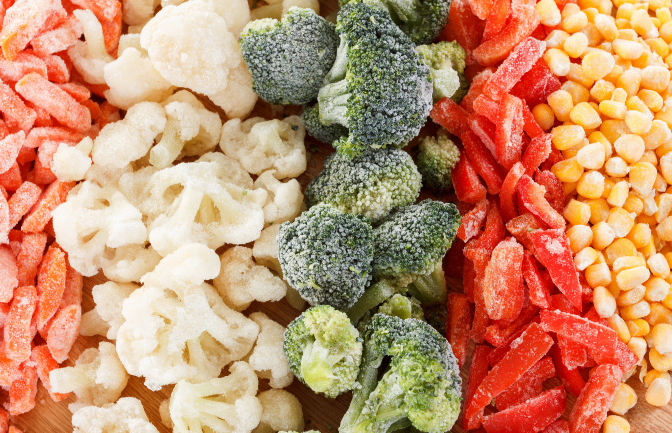Rajasthani Dried Vegetables
uses, benefits, and nutrient value of Kair
Uses:
- Medicinal Uses:
- Kair has been traditionally used to treat various ailments. It is believed to have anti-inflammatory, laxative, anti-diabetic, anthelmintic, antibacterial, astringent, digestive, diaphoretic, and anodyne properties.
- Specific conditions it may help with include:
- Toothache
- Arthritis
- Asthma
- Cough
- Inflammation
- Intermittent fevers
- Malaria
- Rheumatism
- Culinary Uses:
- The spicy fruits of Kair are used to prepare vegetables, curry, and fine pickles.
- The young buds and fruits can be eaten raw.
- Kair fruits are also attractive to helpful insectivores
- Environmental Uses:
Nutrient Value:
- Kair is a rich source of essential nutrients:
uses, benefits, and nutrient value of Sangri (Capparis decidua).
Uses:
- Medicinal Uses:
- Sangri has been traditionally used in folk medicine for various purposes. It is believed to possess the following properties:
- Carminative: Helps relieve flatulence and bloating.
- Tonic: Acts as a general health tonic.
- Emmenagogue: Supports menstrual health.
- Aphrodisiac: May enhance sexual desire.
- Alexipharmic: Considered protective against toxins.
- Appetite Improvement: Helps boost appetite.
- Antirheumatic: May alleviate rheumatic conditions.
- Lumbago Relief: Assists with lower back pain.
- Hiccough and Cough Management
- Asthma Support
- Sangri has been traditionally used in folk medicine for various purposes. It is believed to possess the following properties:
- Culinary Uses:
- Environmental Uses:
- Sangri can be used in landscape gardening, afforestation, and reforestation in semidesert and desert areas.
- It assists in preventing soil erosion due to its extensive root system.
- The plant is extremely drought-resistant and tolerates some frost
Nutrient Value:
- Sangri is a rich source of essential nutrients:
What is Gond Katira (Tragacanth Gum)?
Gond Katira or Tragacanth Gum is a natural gum obtained from the sap of the locoweed plant. It grows in a solid white crystalline form and becomes softer and gooey when dissolved in water.
Nutrient Value:
- Per 100 grams of Gond Katira:
- Calories: 70 kcal
- Carbohydrates: 35 grams
- Fiber: 30 grams
- Hydrates: 5 grams
- Fats: 0 grams
Benefits:
- Weight Loss:
- Gond Katira helps flush out toxins, improves metabolism, and keeps you full due to its high fiber content.
- Skin Health:
- Anti-aging and anti-inflammatory properties work on fine lines, wrinkles, pimples, and wound healing.
- Hair Health:
- Adds volume and strengthens hair, beneficial for hair loss issues.
- Bone Health:
- Rich in calcium and magnesium, it helps strengthen bones and lubricates joints.
uses, benefits, and nutrient value of Kumta (Acacia senegal or Senegalia senegal):
Overview:
Kumta, also known as Gum Arabic Tree, is a small thorny deciduous tree found in various parts of India. It goes by several common names, including gum acacia, gum arabic tree, Sudan gum, Sudan gum arabic, kher, khor, kumatiya, or chapatiya. Here are some interesting aspects of Kumta:
- Seeds: Kumta trees produce pods, each containing a row of three shiny, flat seeds.
- Culinary Use: These seeds are used as food in Rajasthan and are one of the five ingredients in panchkuta, a traditional Marwari dish.
- Health Benefits: Recent studies suggest that Kumta seeds have cardioprotective properties. They are rich in protein, phosphorus, zinc, and selenium.
- Agroforestry: Kumta trees play an essential role in traditional agroforestry systems, as they can fix nitrogen and improve soil fertility.
Nutrient Value:
- Calories: Approximately 41.6 kcal per serving.
- Protein: About 8.6 grams.
- Carbohydrates: Approximately 1.8 grams.
- Fiber: A significant amount (12.3 grams).
- Vitamin C: Contains 7.81 mg.
- Calcium: Provides 55 mg.







